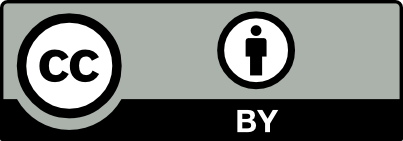Increasing transmission of Inter-Integrated Circuit (I2C) in home automation solutions
Artykuł w czasopiśmie
MNiSW
100
Lista 2021
| Status: | |
| Autorzy: | Śniadkowski Mariusz |
| Dyscypliny: | |
| Aby zobaczyć szczegóły należy się zalogować. | |
| Rok wydania: | 2022 |
| Wersja dokumentu: | Drukowana | Elektroniczna |
| Język: | angielski |
| Numer czasopisma: | 6 |
| Wolumen/Tom: | 16 |
| Strony: | 50 - 54 |
| Impact Factor: | 1,1 |
| Web of Science® Times Cited: | 0 |
| Scopus® Cytowania: | 0 |
| Bazy: | Web of Science | Scopus |
| Efekt badań statutowych | NIE |
| Materiał konferencyjny: | NIE |
| Publikacja OA: | TAK |
| Licencja: | |
| Sposób udostępnienia: | Otwarte czasopismo |
| Wersja tekstu: | Ostateczna wersja opublikowana |
| Czas opublikowania: | W momencie opublikowania |
| Data opublikowania w OA: | 1 grudnia 2022 |
| Abstrakty: | angielski |
| Home automation systems are widely offered and increasingly available. The number of people who would like to purchase a property with intelligent solutions or equip their own home with such solutions is increasing. The devices and solutions of the home automation systems being built are most often based on IEEE 802.11g Wi-Fi communication, whose operation depends on the level of the wireless signal and is characterised by high latency. The use of communication based on the Inter-Integrated Circuit (I2C) protocol in the control of home appliances significantly reduces the cost of building the system. The aim of this paper is to analyse, compare and identify the most optimal solution for home automation based on Inter-Integrated Circuit (I2C) transmission. The analysis covers commercially available systems for simply and cheaply increasing Inter-Integrated Circuit (I2C) transmission for the smart home. |

